Camino de Santiago, Pilgrimage of Compostela, the Way of St. James, El Camino, The Way … though it’s called many different names, all of them refer to a network of pilgrimage routes that lead to the Cathedral of Santiago de Compostela, where the tomb of the apostle Saint James is located. What was once a religious tradition has transformed into a journey that people from all around the world come to accomplish.
“If you look at the history, a thousand years ago it was the pilgrims, and they walk all the way to the church, and at the beginning it was a very religious purpose,” said Sharona Rosenfeld, director of sales - leisure worldwide at Hilton Worldwide Sales. “But throughout the years it evolved, and now it's very spiritual. You don't have to be religious to go there. It's something for your own sake, to do your own cleansing and have the moment to think.”
Rosenfeld recently completed her very own Camino de Santiago journey. After surviving cancer and looking for a way to take a step back from work, she was interested in doing a hike.
“I went through cancer twice, in 2016 and 2023, and I also wanted to kind of navigate myself from the high-pressure work environment. So it was like two things, and I thought, ‘You know what, what could be the best way to kind of like disconnect and challenge myself physically, mentally, emotionally,’” Rosenfeld said. “Some people were talking about this El Camino, which I didn't have any idea what it is, and then I start reading about it. I'm like, I can do that. I said I am just going to pack my stuff and start with one week and see where it takes me.”
Planning and Preparation
This experience of walking 150 miles over seven days was like achieving a milestone for her, but it wasn’t without preparation. Prior to booking this trip, Rosenfeld listened to several podcasts, did a lot of reading, watched YouTube videos and referenced social media groups where others provide advice on the journey.
“You have to be prepared. Like if you are going to stay in a hotel, don't assume to get there and see what happens. Because at times, you might not find it,” she said. “I don't like to plan everything, but there's some basic stuff that you need to plan.”
There are companies available to help with various aspects of the journey. Rosenfeld had a company that delivered her suitcase from one location to the next, so the backpack she carried each day was able to stay light. Then her suitcase would be waiting for her at the next hotel.

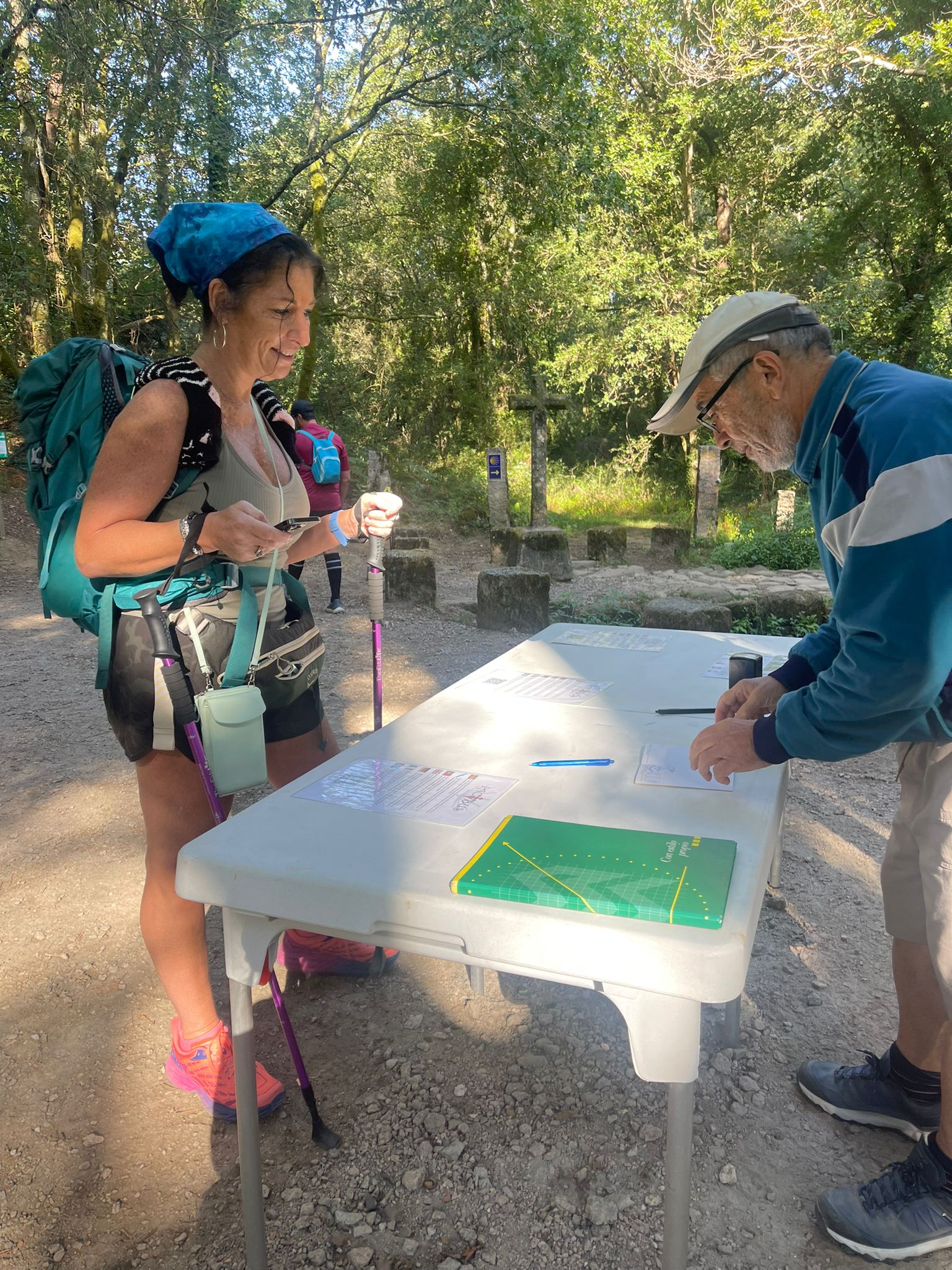
Even without having to haul her main luggage, though, it’s still important to pack light overall, especially for the daypack. “It's kind of symbolic if you think about it,” she said. “What do you really need? To have it in your backpack and that's it. … So it's kind of like in your life, you know, what do you really need or what do you want?”
The Experience Along the Way
Completing the walking journey is a huge accomplishment alone, but there is so much more to gain when choosing to take on this challenge. One thing Rosenfeld enjoyed was being immersed in the culture of the area.
“It's very authentic hotels,” she said. “You blend with the culture. It's not like you go to some kind of chain hotel because it's all small towns, and there's like a bed and breakfast, and it's such a great feeling that you are really blending with the culture.”
Along the route, Rosenfeld got to see people living beautiful, simple lives, with lush vegetable and flower gardens, goats and cows, surrounded by a quiet calm. Those walking alongside her came from various backgrounds and had different purposes. She was amazed to see the variety of age ranges, a group of blind people, someone in a wheelchair and someone without one of their legs. The willpower they had to finish the journey inspired her.
One thing that surprised her was that it was not as hard as she anticipated.
“I think that I thought it would be difficult, but it wasn't really difficult because it's not like a power walk,” Rosenfeld said. “You are walking at a pace where you embrace the nature. It's so powerful, enjoying the scenery, the environment. You meet people from all over. You speak with them and exchange different stories. So before you know it, the day is passed, and you’re already finished walking.”

One piece of advice she shared is if you’re going to do this walk with a friend, choose someone you are comfortable with and who doesn’t always need to fill the silence. There are many moments of personal reflection, and conversation doesn’t need to be a constant.
Travelers encounter different features depending on which route they choose. For example, on the route Rosenfeld took, she passed by Monte de Gozo (the “Hill of Joy”), where people can let go of something. She described it as a symbolic place of reflection and release prior to completing the journey.
Lessons Learned
There are of course lessons to be taken away from an experience like this. For Rosenfeld, while the physical part was not challenging, the mental aspect took time to master. Coming from her current work environment, it was not easy to quiet her thoughts.
“I admit I'm a workaholic. I had to teach myself to disconnect. It’s more like a mental challenge because you are with your own thoughts for hours,” she said. “I think all together it's a different environment and that when you walk, you really feel disconnected. There's something there, something powerful … I can't even explain it.”
Rosenfeld also admitted to being an impulsive person, sometimes doing things before she thinks, and this walk reminded her to slow down a bit. “I have to say that I've been all my life a very impulsive person,” she said. “I taught myself to step back, you know, relax. It's all okay. It's all good. … And when I came back, I call it the Camino mode.”
Insider Tips
Less is more when it comes to walking Camino de Santiago, and keeping your feet comfortable is key. “I learned that, looking back, there are some things that I really didn't have to take with me. If somebody will ask me, ‘what's the most important thing for you to pack?’ it’s to have the right shoes, the right socks and to have the poles. These are a lifesaver,” Rosenfeld said. “Go back to the nature and you know, simplicity.”
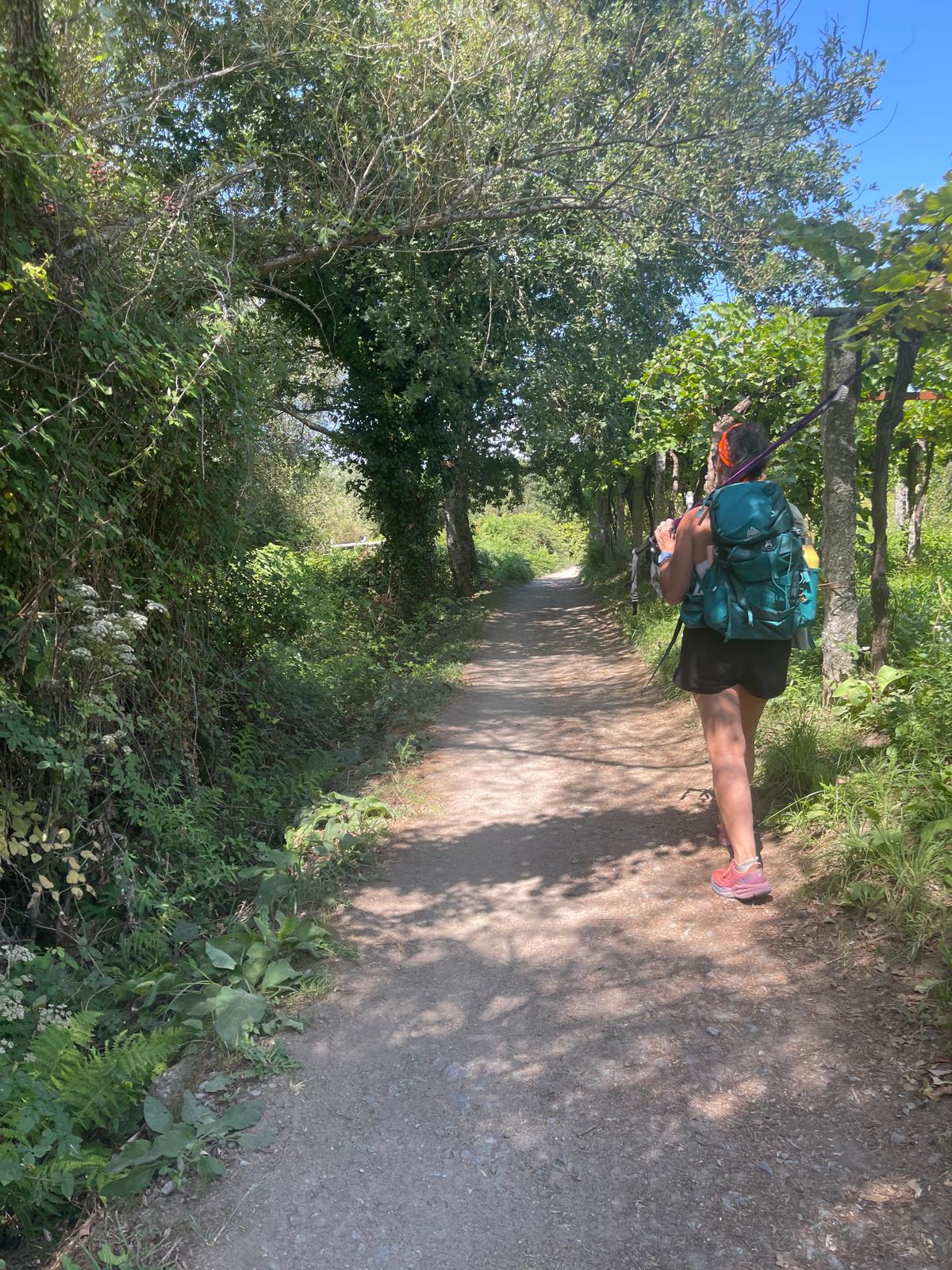
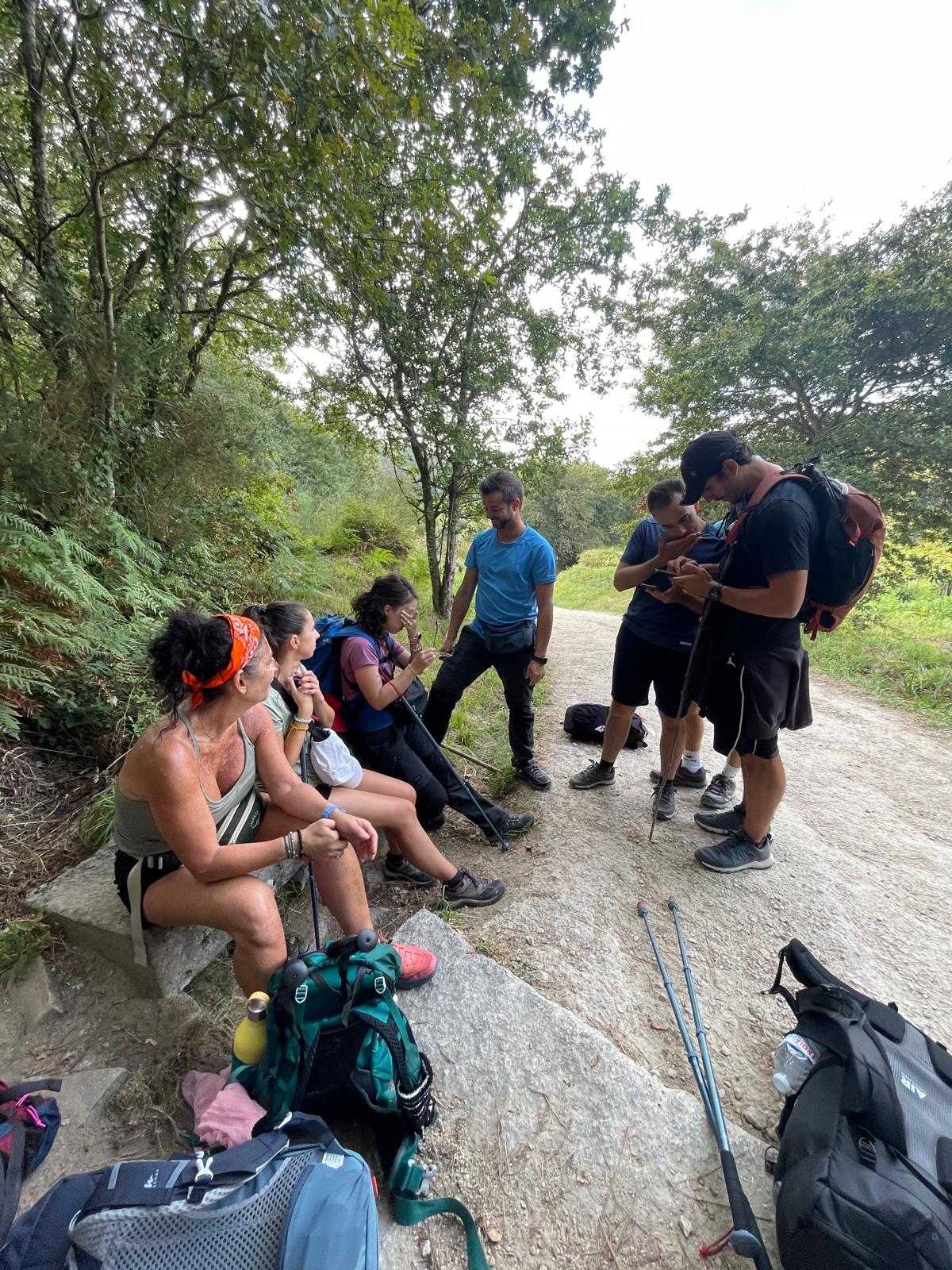
As far as the best time of year to go, she recommends May, June or September. She said to avoid July and August, if possible, which are the hottest months.
In addition to these basics, Rosenfeld encourages people to just enjoy. “And then just have fun and be open. Just be open. Let it go, cause some people don't let it go. They would like to be in control,” she said. “Just let the nature lead.”
What’s Ahead?
There’s no stopping her now — Rosenfeld plans to continue with the walking adventures. She has already completed a two-week walk along the Via Francigena, starting in the Swiss Alps and making her way to Rome. And while she did have her laptop along during her Camino walk (but didn’t open it once!), she left it at home this time. Her daughter is also interested in joining her on an adventure when she turns 25 next year, so another journey will be in the works soon.
Originally appeared in the Fall 2025 issue of The Compass magazine




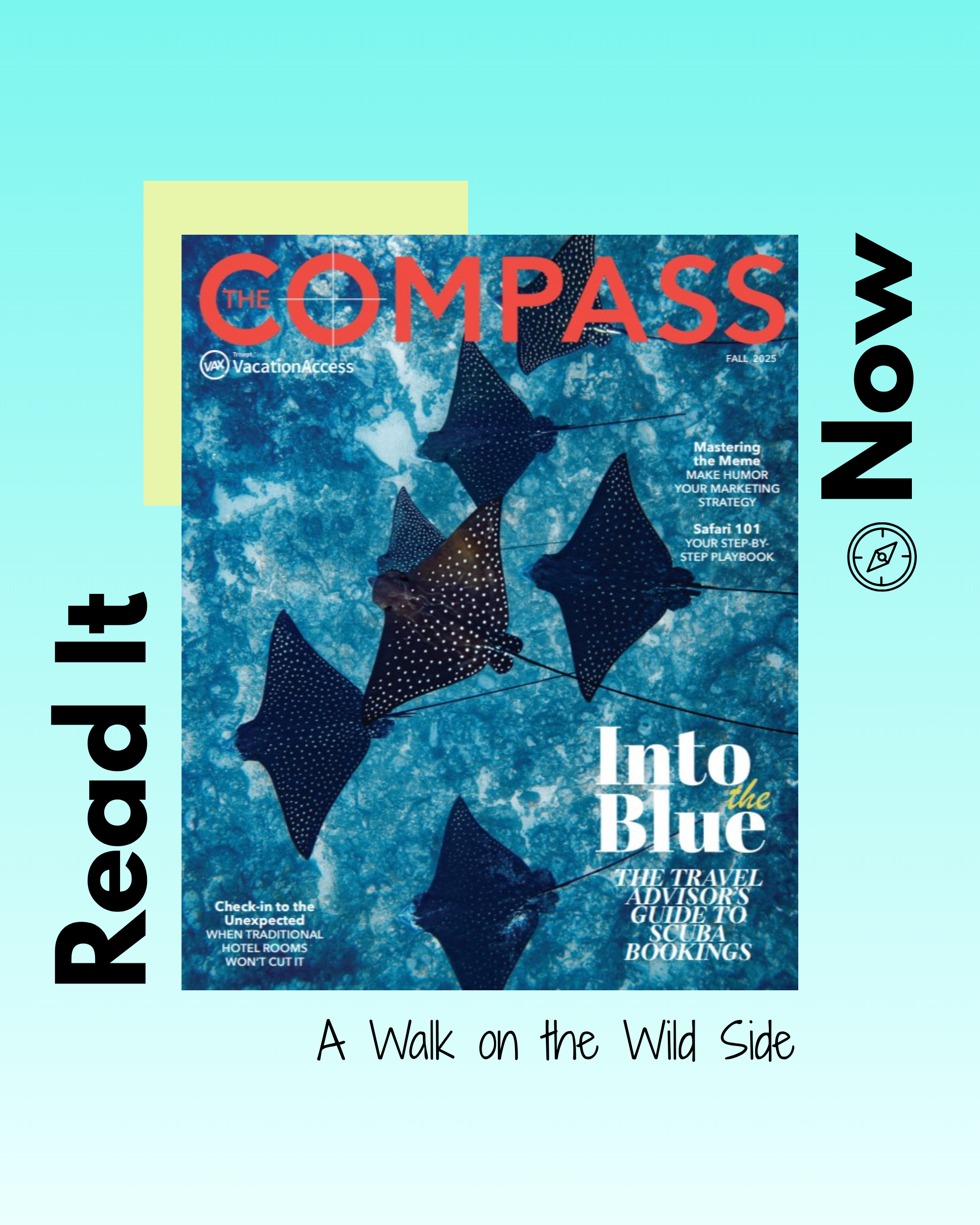

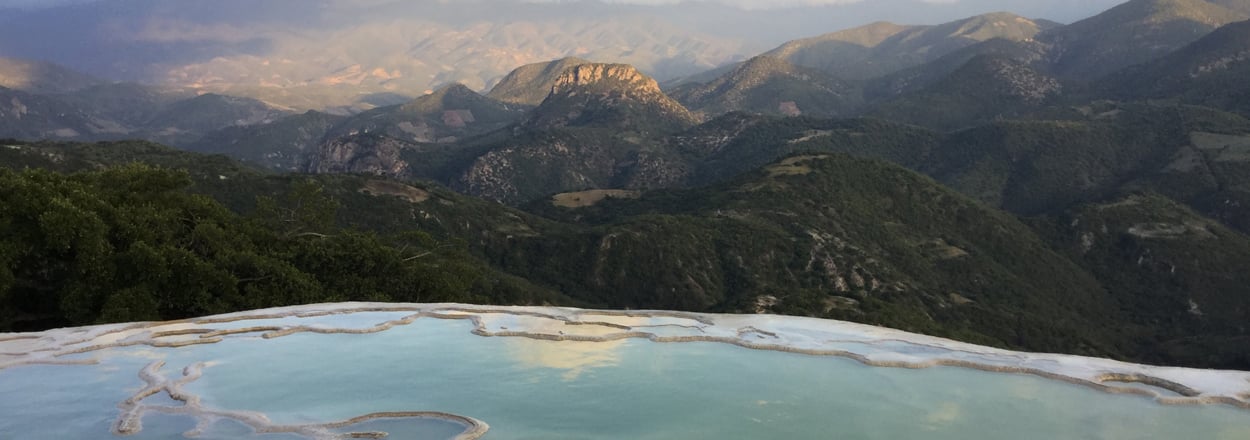
comments